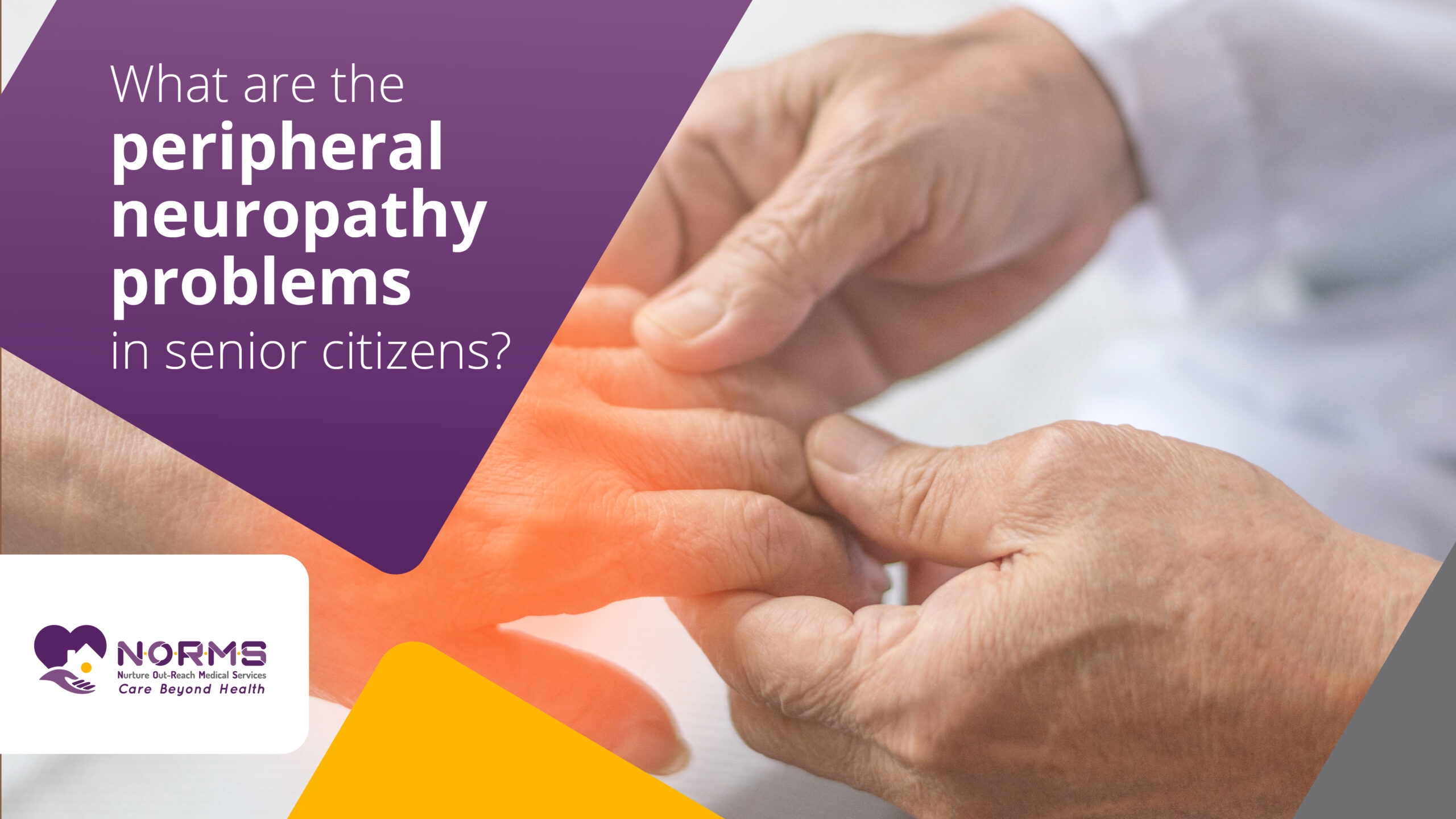
One of the most prominent conditions, peripheral neuropathy, affects a large population of adults as well as seniors with millions of people getting the disease around the world.
It is the result of the axonal lesion of the peripheral nerves resulting in the cessation of impulse transmission and therefore giving rise to effects such as numbness, tingling, weakness, and pain in the extremities.
In this article, we will be looking at the many issues concerning Peripheral neuropathy in senior citizens like the signs, the causes, and the possible management strategies.
Seniors who have peripheral neuropathy may experience the following symptoms: numbness and tingling, muscle weakness, and burning pain in the hands and feet.
Neurologic symptoms of peripheral neuropathy can be numerous; depending on the disability in motion from the underlying pathology and the nerves affected, patients’ symptoms experienced in the senior population can be different.
If they feel a sensation of burning, tingling, or numbing in the hands, legs, arms, or feet, they might have peripheral neuropathy. The very notion of it may be a reason for discomfort or those changes in it like touch or feeling of cold or heat may inhibit the daily stuff.
Sharp stinging or burning pain usually accompanies peripheral neuropathy in the first affected areas. This discomfort may be of a different nature, its intensity may constantly fluctuate, and it can be mildly impairing until debilitating.
Chronic alcohol abuse can lead to alcoholic neuropathy, a type of peripheral neuropathy characterized by nerve damage resulting from alcohol toxicity.
The side effects of chemotherapy, antiretroviral medications, and some antibiotics are among the peripsychiatry neuropathy conditions. Aging adults often have a greater risk of medication-induced neuropathy due to age-related functions
Working with the Peripheral Neuropathy diseases in the Older Adults includes care of the cause, pain relief, and making the complications lesser.
Here are some strategies for managing peripheral neuropathy in senior adults:
When it comes to seniors with diabetes, the key point of preserving a close regulation of the blood sugar levels on a long-term basis is maintaining diabetes through a balanced diet, regular physical activity, auditing medicine, and careful monitoring.
Seniors who have vitamin deficiencies from a lack of B12, B6, and E may be helped by supplementation. It is thought that their nerve health and function get better this way. It is required to do a consultation with a health professional who will suggest a perfect dosage.
Pain Management
To solve such discomfort, the patient can be given analgesics, antidepressants, and anticonvulsants, medications helping the pain management of peripheral neuropathy. Still, any medication given must be taken under the advice and consultation of a medical expert or doctor. Under no circumstance should you take any medication without being prescribed for it beforehand. Topical treatments, anesthetic injections, or transcutaneous electric nervous stimulation (TENS) can be some other sources of pain relief.
Through physical therapy, seniors with peripheral neuropathy can regain body strength and muscle power, improve the flexibility of their joints, and further reduce the risks of falling. Not only physical therapies but exercises and modalities such as heat, cold, and ultrasound could be included in the treatment regime to relieve pain and gain some functionality.
Because the edges become sharp, proper foot care is important for elderly individuals with peripheral neuropathy, as it is for those with diabetes. An early diagnosis through foot inspection, wearing comfortable and supportive footwear, as well as keeping feet clean and moisturized without causing injury are the main recommendations of a podiatrist for foot problems and complications prevention.
Installing fall prevention strategies like relocating hazardous items, fixing handrails and bar supports, and introducing assistive devices will reduce the risk of falling.
Peripheral neuropathy could greatly deteriorate the quality of life of elders, depriving them of the ability to move well and independently. It seems as if they have a dysfunctional way of living. Through discerning the characteristics, triggers, and management aspects of peripheral neuropathy, older people and caregivers are well prepared to ease the symptoms, prevent complications, and improve their overall life quality.
While in most situations, peripheral neuropathy may be reversible if the cause is identified and appropriately treated, some people can recover from this condition.
In truth, regular exercise, sure, taking classes that broaden mostly on strength, flexibility, balance, and coordination can delay the symptoms of peripheral neuropathy and enhance functions as well.
You may be referred to some alternative treatments by your doctor like acupuncture, massage therapy, and relaxation techniques for relief from pain and discomfort caused by peripheral neuropathy in your body.